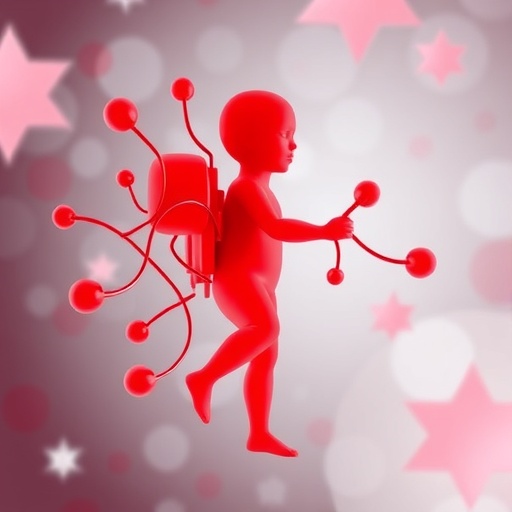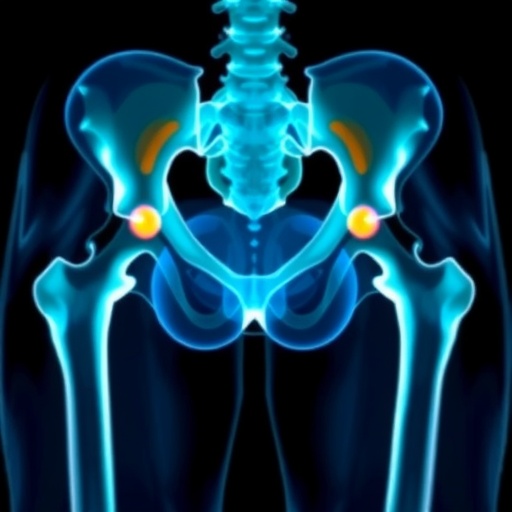Boston, MA – Two chemicals widely used to flavor electronic cigarettes may be impairing the function of cilia in the human airway, according to a new study led by Harvard T.H. Chan School of Public Health.
Cilia are antennae-like protuberances that are present on 50-75% of the cells that line human airways. They play a key role in keeping the human airway clear of mucus and dirt and allow people to breathe easily and without irritation. Impaired cilia function has been linked with lung diseases such as chronic obstructive pulmonary disease (COPD) and asthma.
“Although chemicals used to flavor e-cigs are frequently used, little has been known about the mechanism of how they impact health. Our new study suggests that these chemicals may be harming cilia–the first line of defense in the lungs–by altering gene expression related to cilia production and function,” said Quan Lu, associate professor of environmental genetics and pathophysiology. Lu and Joseph Allen, assistant professor of exposure assessment science, were co-senior authors of the study.
The study will be published February 1, 2019 in Scientific Reports. It is the first to look at the impact of flavoring chemicals in human epithelial cells, which are the type that line the lungs.
Millions of people use e-cigarettes, and a recent rise in use among school-aged children has alarmed public health experts. In mid-December, U.S. Surgeon General Jerome Adams labeled youth e-cigarette use an epidemic. Scientific studies examining the potential health effects of e-cigarettes and their myriad chemical components have not kept pace with the rise in use.
In a previous study, Allen and Harvard Chan colleagues found flavoring chemicals–primarily diacetyl and 2,3-pentanedione–in over 90% of e-cigarettes they tested.
In addition to being used in e-cigarettes, diacetyl is used as a flavoring agent in foods such as butter-flavored microwave popcorn, baked goods, and candy; it can create a variety of flavors. Diacetyl is considered a safe ingredient in foods, but evidence suggests that it can be dangerous when inhaled. It has been previously linked with bronchiolitis obliterans, a debilitating lung disease that was dubbed “popcorn lung” because it first appeared in workers who inhaled artificial butter flavor in microwave popcorn processing facilities. After the link between diacetyl and popcorn lung was reported, 2,3-pentanedione was sometimes used as a substitute.
In the new study, researchers used novel lab techniques that allowed them to examine the impact of both diacetyl and 2,3-pentanedione on epithelial cells in a system that closely mimicked the human airway epithelium in vivo. They exposed normal human bronchial epithelial (NHBE) cells to the chemicals for 24 hours. They found that both diacetyl and 2,3-pentanedione were linked with changes in gene expression that could impair both the production and function of cilia.
In addition, the researchers found that even low levels of both chemicals affected gene expression, suggesting that current standards for safe limits of exposure to these chemicals for workers may not be sufficient. There are no such standards for e-cigarette users, according to the authors.
“E-cigarette users are heating and inhaling flavoring chemicals that were never tested for inhalation safety,” said Allen. “Although some e-cig manufacturers are stating that they do not use diacetyl or 2,3-pentandione, it begs an important question–what chemicals, then, are they using for flavoring? Further, workers receive warnings about the dangers of inhaling flavoring chemicals. Why aren’t e-cig users receiving the same warnings?”
###
Other Harvard Chan authors of the study included lead author Hae-Ryung Park, Michael O’Sullivan, Jose Vallarino, Jin-Ah Park, and David Christiani.
Media Contact
Chris Sweeney
[email protected]
617-432-8416




